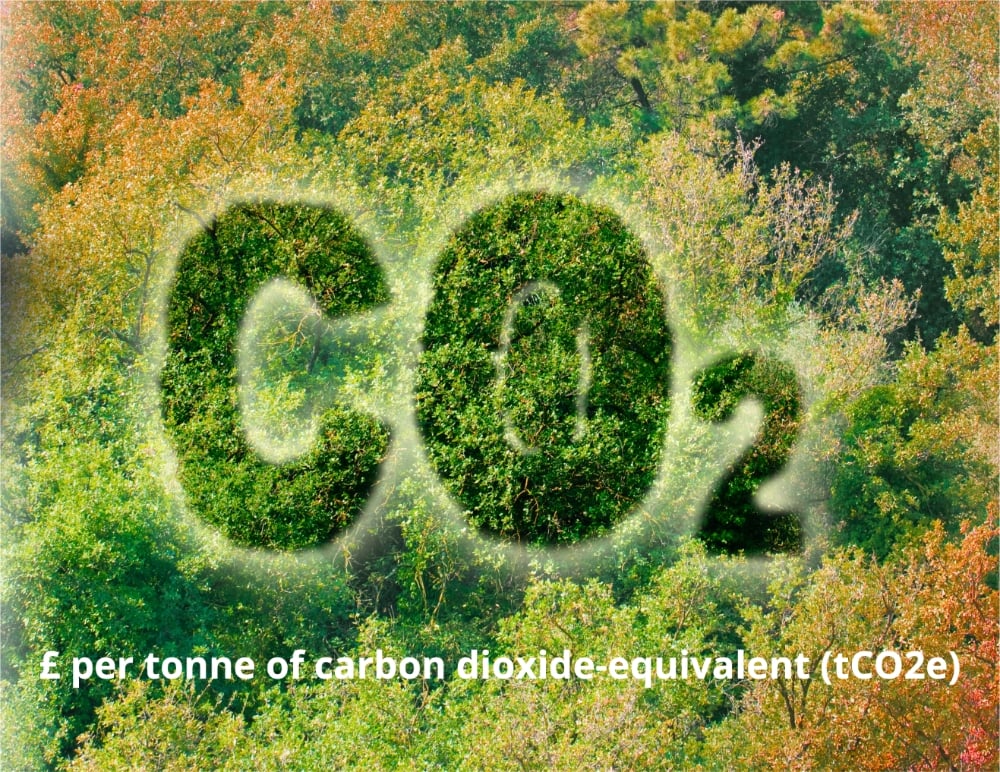Sequestering Carbon Through Tree Planting
Following the declaration of a Climate Emergency by Welsh Government in April 2019 and committing to achieve a carbon neutral public sector by 2030, Bridgend County Borough Council (BCBC) have started to develop a Climate Emergency Response Programme which will work to mitigate the impacts of climate change. BCBC has acknowledged the crucial role they can play through the management of its own assets. One of the key ways to sequester carbon (removing it from the atmosphere and helping to slow climate change) is to plant trees. Environment Systems has been involved in a project that considers the land in BCBC ownership and its management in terms of its suitability for tree planting. In addition, we have looked at the importance of biodiversity which underpins the environment and ultimately our health, wealth and wellbeing as outlined in the Environment Act Wales 2016 and in the recent Dasgupta Review (Dasgupta, 2021). BCBC recognises that increasing the coverage of native tree species will help safeguard biodiversity and add to environmental resilience.
Tree planting schemes must ensure that the right species are planted in the right places and also deliver on a number of the key benefits which take into account the wider role of trees in the green infrastructure such as:
- Quantifying the possible carbon stored in BCBC land and how much could be sequestered
- Showing where planting community woodlands will help reconnect local people to their environment and ensure their health and wellbeing
- Supporting and enhancing biodiversity
- Slowing surface water run-off to help prevent flooding
- Helping to prevent pollution from the land reaching watercourses
- Enhancing landscape quality
- Enhancing air quality
- Reducing noise pollution


Pricing based on DEFRA estimates per tCO2e
When the government and businesses start to put a price on carbon pollution as a means of bringing down emissions and driving investment into cleaner options things start to get interesting. Clearly bringing about change will be reliant on carbon pricing schemes and systems to administer and monitor them. If the trees establish well in the areas outlined in this project, they will not only sequester carbon, but aid biodiversity and provide many other benefits to the communities involved.